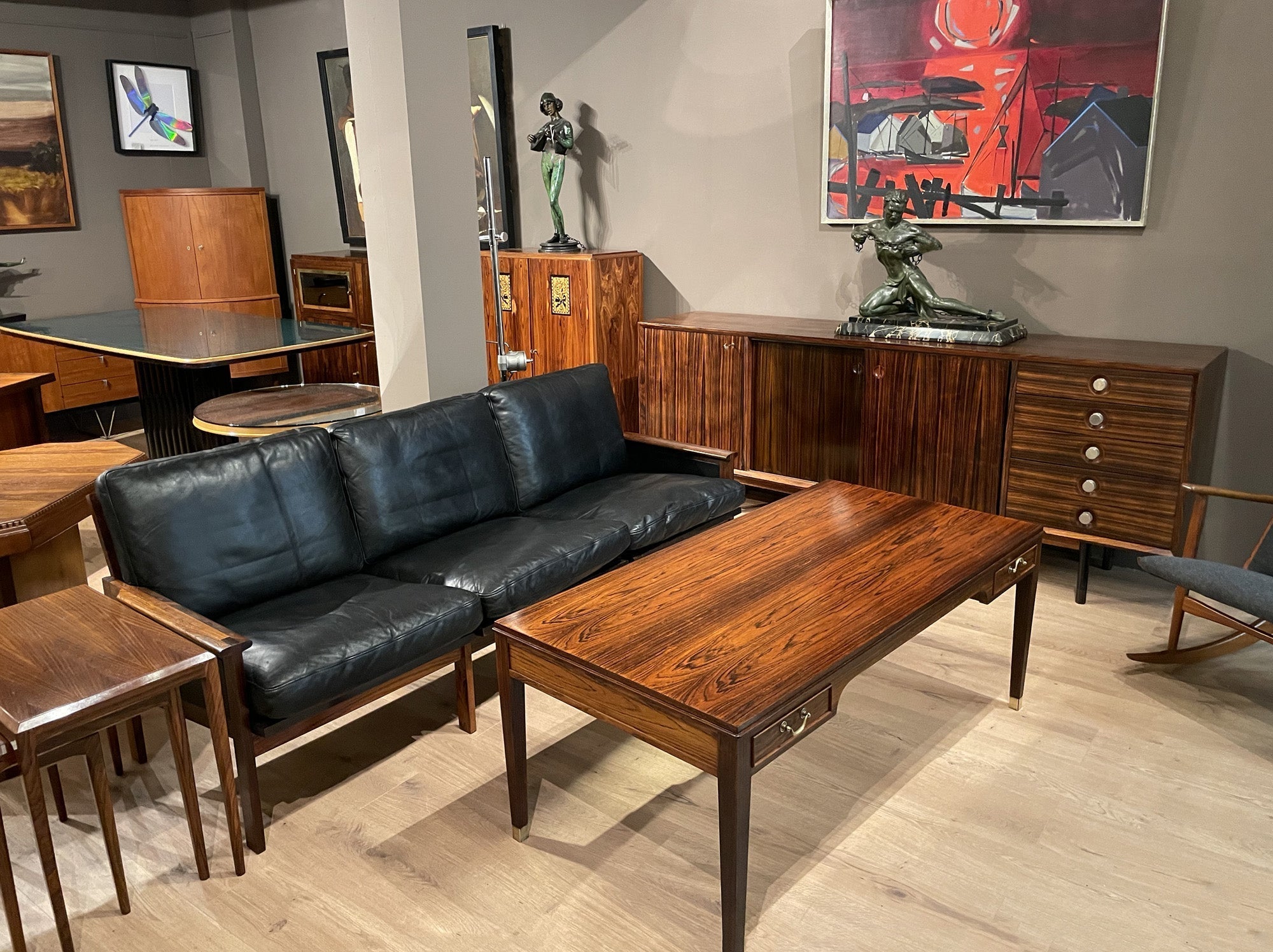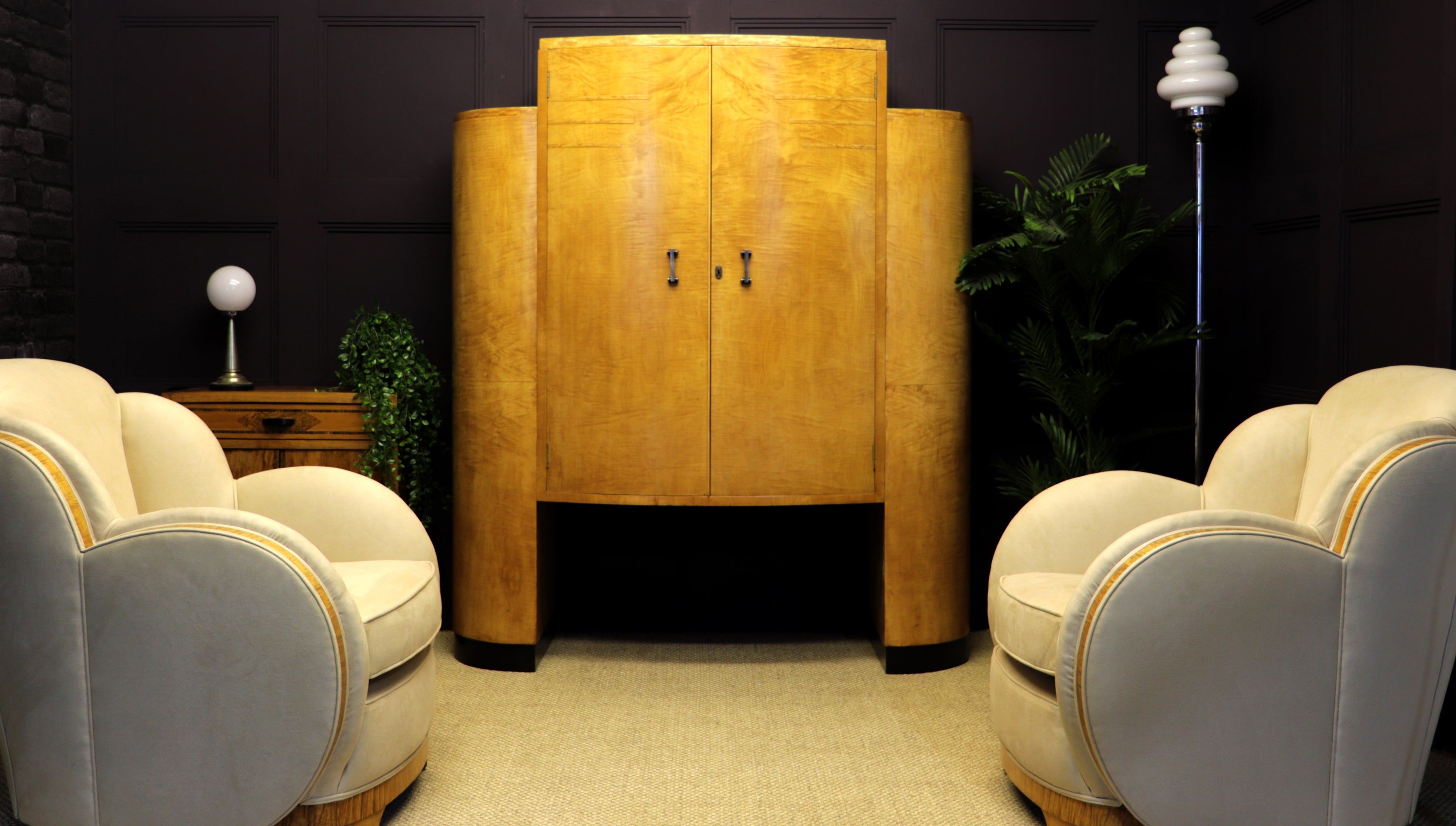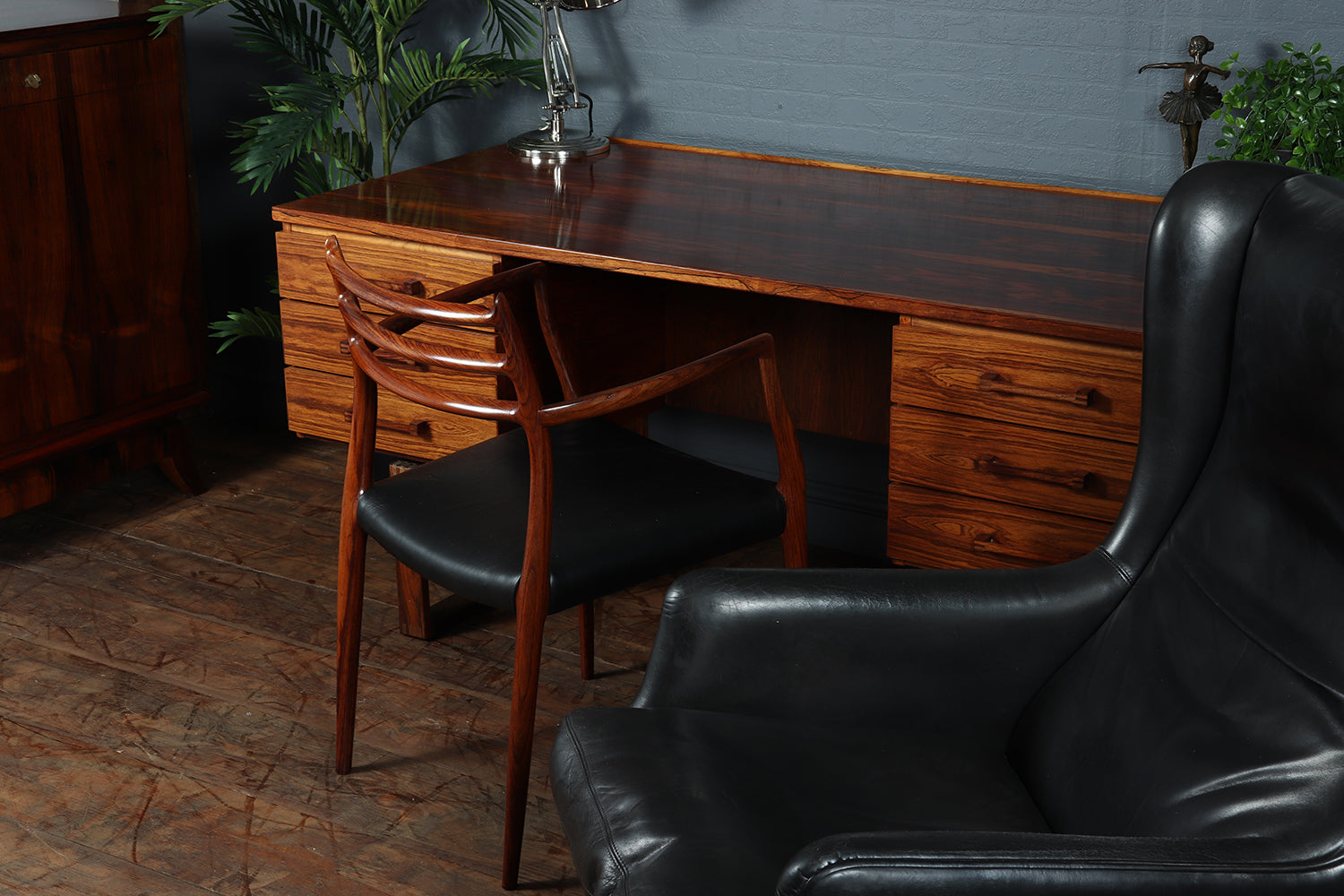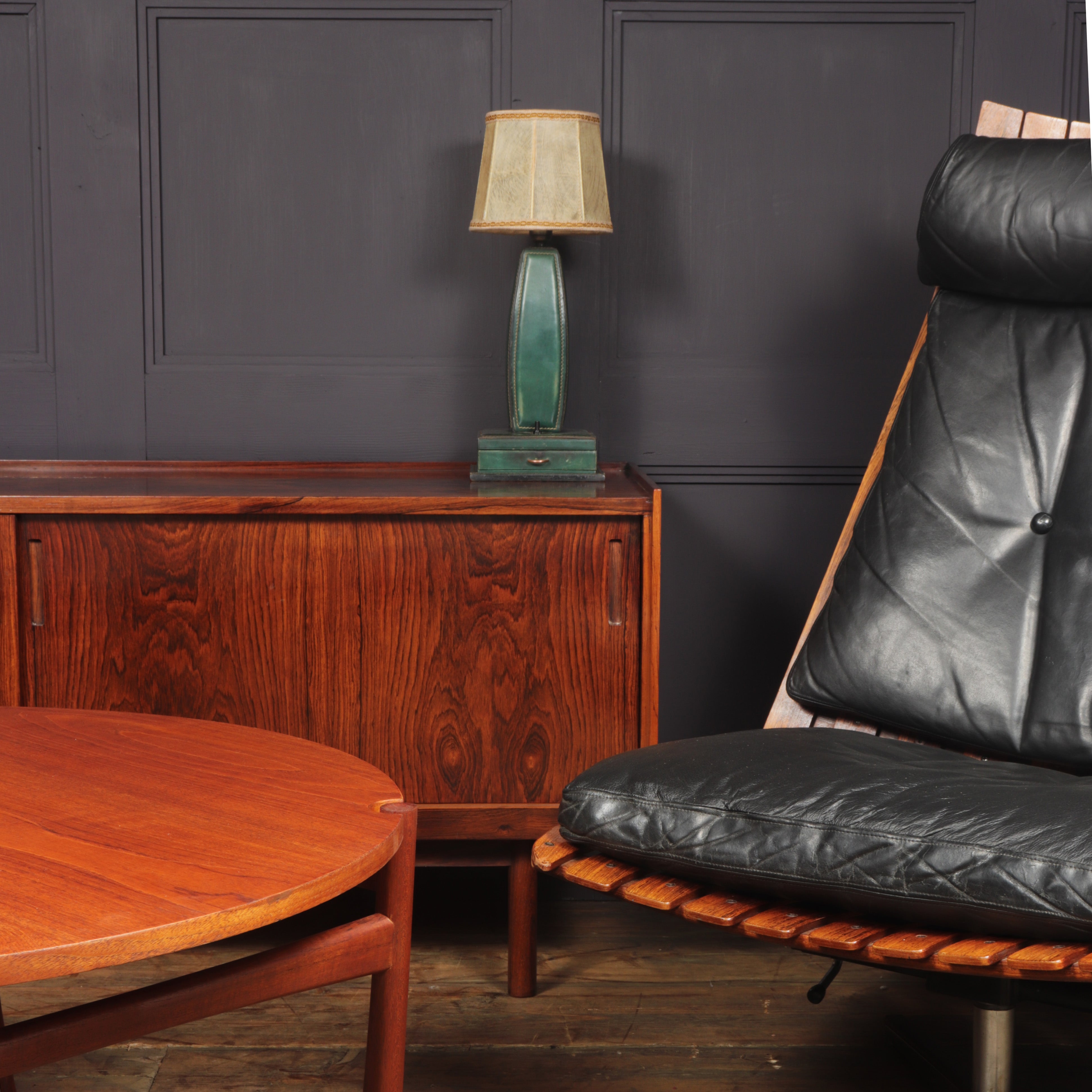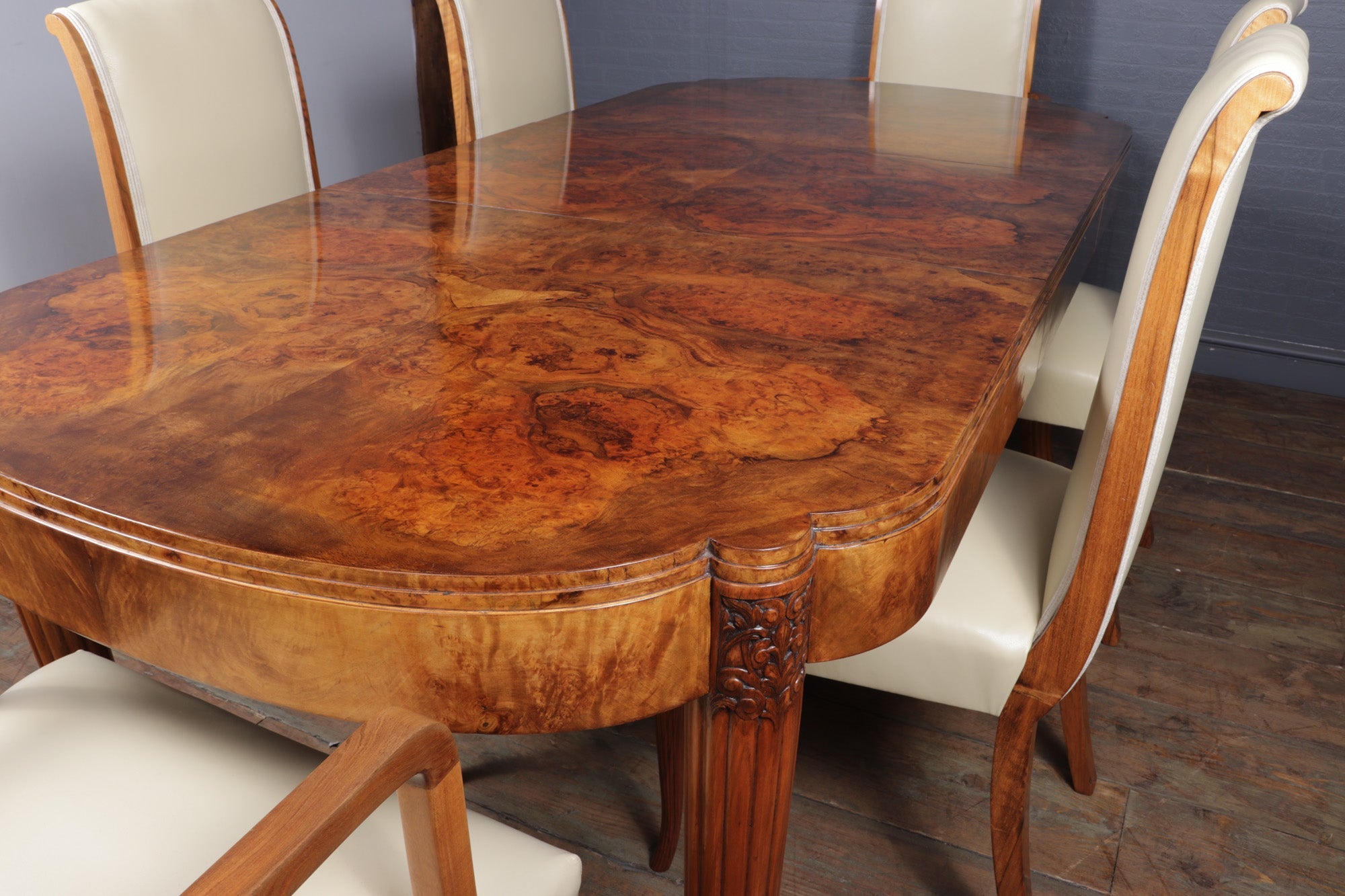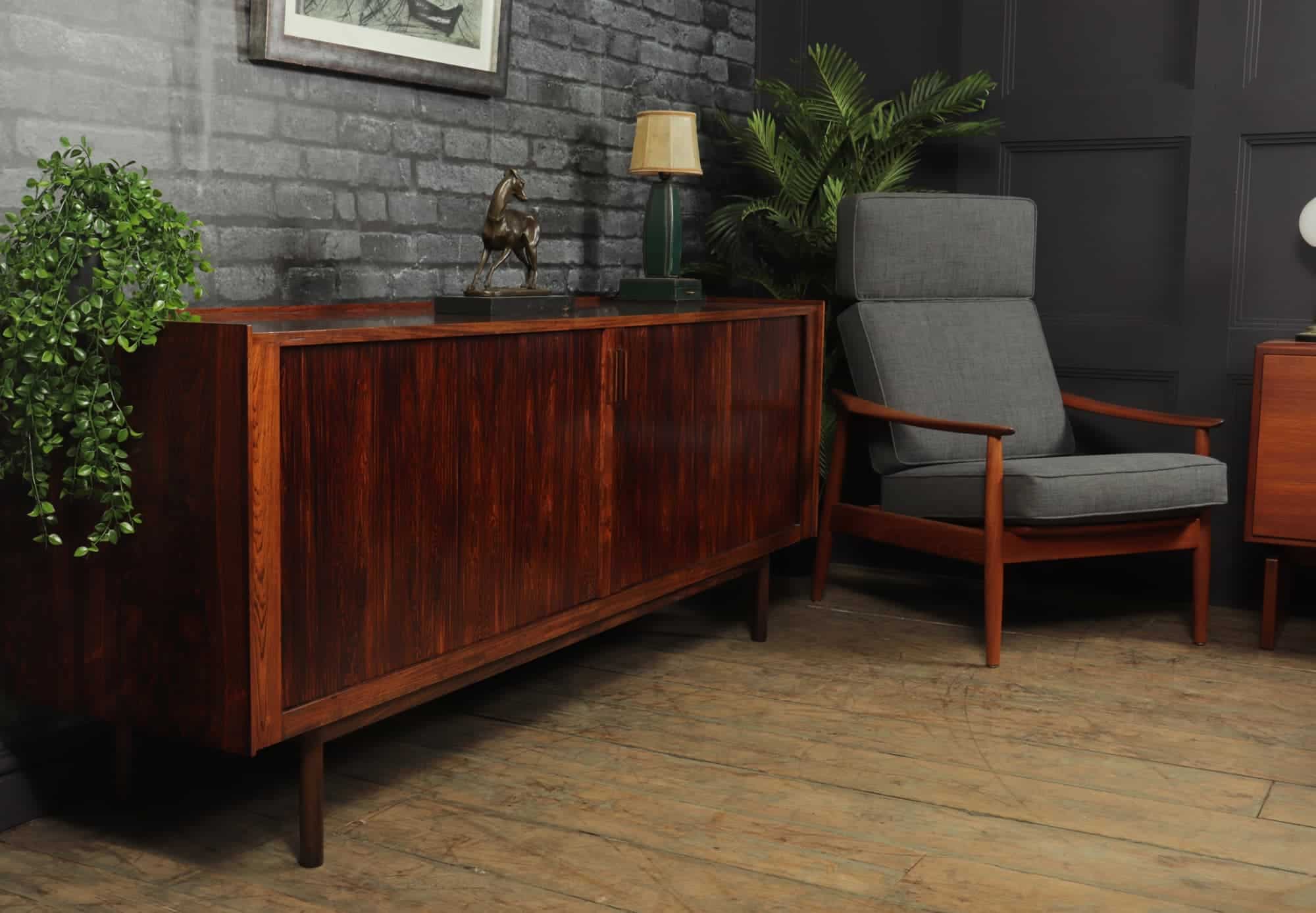Art Deco designers emerged as one of the most glamorous and elegant styles of the 1920s and 30s. Sandwiched by two World Wars, Art Deco has come to epitomise the elegance and sophistication of a generation which was recovering from the strife of the First World War. The Art Deco movement also stands at the forefront of technology, with the widespread adoption of motorcars and the invention of television happening during this period. As a result, many early petrol stations and TV sets were influenced heavily by this evocative movement.
Art Deco was also embraced by many traditional industries, from architecture to jewellery designers, but it is furniture design where Art Deco can be most appreciated.
Art Deco furniture design throws off the shackles of early eighteenth and nineteenth-century furniture design, which was seen as rather austere for these new enlightened times. Today we shall look at five of the most influential
Art Deco furniture designers from the 20s and 30s - each of these designers has their own distinct style which continues to influence furniture design today.
Epstein Brothers (Harry & Lou)
The Brothers
Harry and Lou Epstein are two of Europe’s most distinguished art deco cabinet makers. Famous for their exquisite avant-garde designs and richly coloured veneers, the pair took over their father's furniture workshop in East London in 1929 and immediately set about creating a range of innovative furniture that represented the best of Art Deco design in the early to mid-1930s. Their style is typically influenced by those found at the Paris Art Deco exhibition of 1925 and includes exquisite curvilinear forms along with strong architectural details which were perfectly in tune with the modernist ethos of the period.
This art deco
walnut sideboard, is typical of an Epstein piece of the early 1930s. The strong architectural design is offset by fluted cupboards on either side to give a harmonious geometric look, while the unusual blonde burr walnut veneer provides an exquisite and exotic finish that gives the piece a subtle elegance that will complement any modernist interior.
Hille
Hille is perhaps best known for its polypropylene
armchair designed by Robin Day in 1972, but the firm first established its reputation during the early twentieth century as a provider of quality handmade furniture. Salomon Hille arrived in London in 1906 from his native Russia and started making reproduction 18th century furniture. By the early 1930s, Hille began experimenting in art deco pieces, with his style influenced by traditional Art Deco designs of the period. Simple in style and without too much detail, the focus is on handcrafted quality materials rather than general mass production.
This
Hillie Walnut Cocktail Cabinet is typical of the style created by Hille. Minimalist in style,
Ruhlmann
Emile-Jacques Ruhlmann was born in Paris in 1879. The son of a painter, he spent his formative years learning his father's craft and by 1910 was ready to take over the family business. About the same time, Ruhlmann was busy designing furniture for his first family home. Pleased with the result, he decided to showcase some of his designs publicly. Ruhlmann’s style was initially influenced by the Art Nouveau movement but he was later moved to create more adventurous Art Deco designs by a team of talented designers in Vienna during the First World War. Ruhlmann’s designs can be identified by a use of strong architectural detail finished with delicate inlays and marquetry to create an expensive understated look of elegance.
Jules Leleu
Similar to Ruhlmann, Jules Leleu was born in Paris in 1883 as the son of a painter. He too succeeded in taking over his father's business in 1909 but this was forced to close after the outbreak of war in 1914. Shortly after the war ended, Leleu opened his business again, but this time specialising in handcrafted furniture. In 1925 he exhibited at the Exposition Industrielle et Arts Decoratifs for the first time with his work winning the grand prize at the exhibition. This award brought Leleu great exposure, allowing him to create the interiors of the French embassy in Geneva and the opulent art deco interiors of many famous ocean liners from the period, including the SS Normandie and Pierre Loti.
This beautiful 1920s
art deco sideboard is typical of the work created by Jules Leleu. With its impressive architectural lines and intricate brass detailing, this piano black finished work of art exudes the elegance and luxury of the 1920s. This type of furniture is equally at home as the centrepiece in a modern minimalist interior or as an accessory to a luxury opulent home.
Jacques Adnet
Jacques Adnet was an icon of French Modernism, a student of the Municipal School of Design in Auxerre he was an early promoter of functional design combined with geometric simplicity. Adnet was already a successful interior designer when he met the celebrated Art Deco furniture designer Maurice Dufrene. Together these two would go on to create some of the most celebrated Art Deco interiors of the early-to-mid twentieth century, including the private apartments of the French President at Elysee Palace and the celebrated meeting room at the UNESCO headquarters in Paris. Adnet's style is characterised by classic lines and quirky details that never look out of place in a modern minimalist interior.
At The Furniture Rooms, we always have a range of beautifully restored Art Deco pieces in stock for buyers to view at our store in London or via our website. We only select the best pieces from the most celebrated designers of
Art Deco designer furniture, with all pieces fully inspected and restored by our own craftsmen. We provide FREE shipping on all UK mainland orders with worldwide shipping also available for our overseas patrons. Please
contact us for more details - we are always happy to help.






